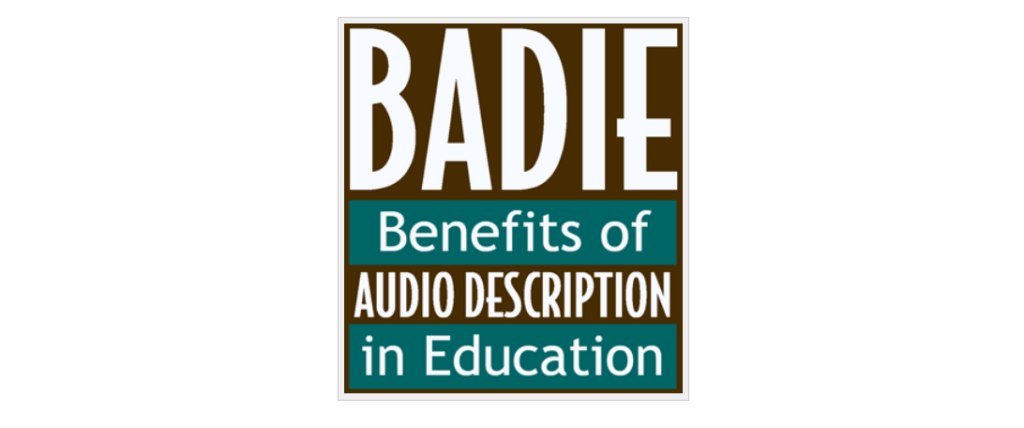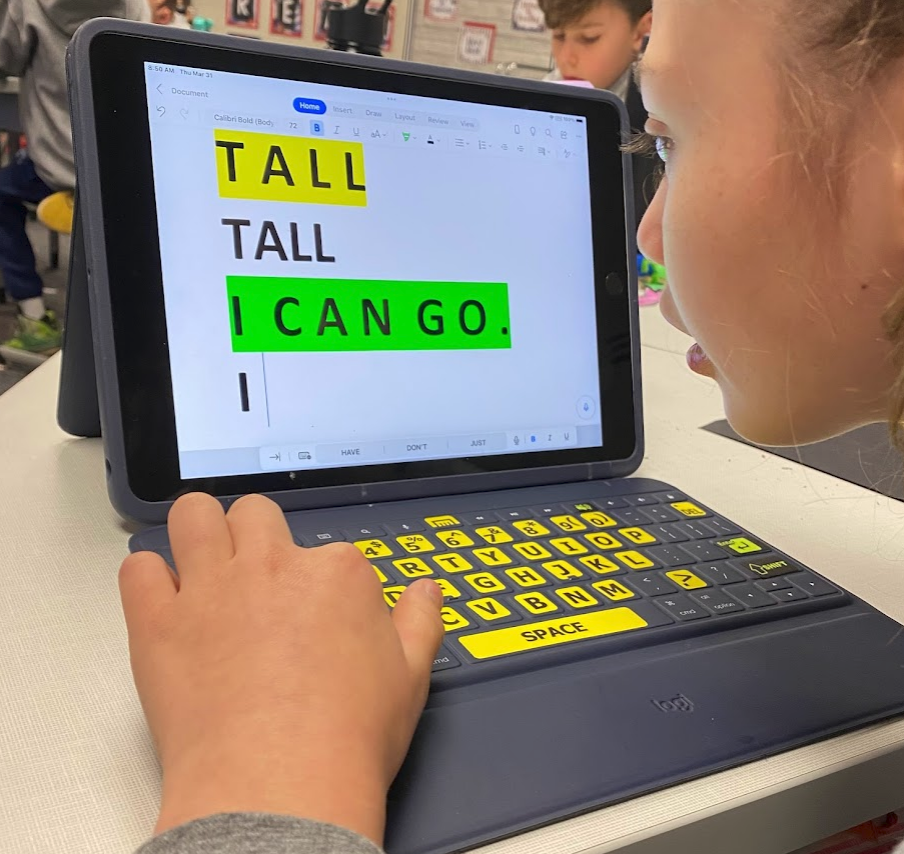By Linda Hagood, Speech Language Pathologist
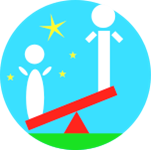

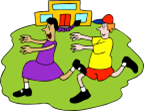
What is a Collaborative Writing Program?
This is a program I originally developed for students with autism, and later applied to my work with students who also have visual impairments. The program uses writing as a context for teaching play and interaction. Although the primary goals are actually to improve social interactions and play, many students do learn important writing skills as well. I have found that the strategies and methods used are helpful for para-educators who work with students in inclusive settings, and that this approach to writing helps kids learn to enjoy, rather than avoid, writing. The goals for the program can be divided into Process and Product goals:
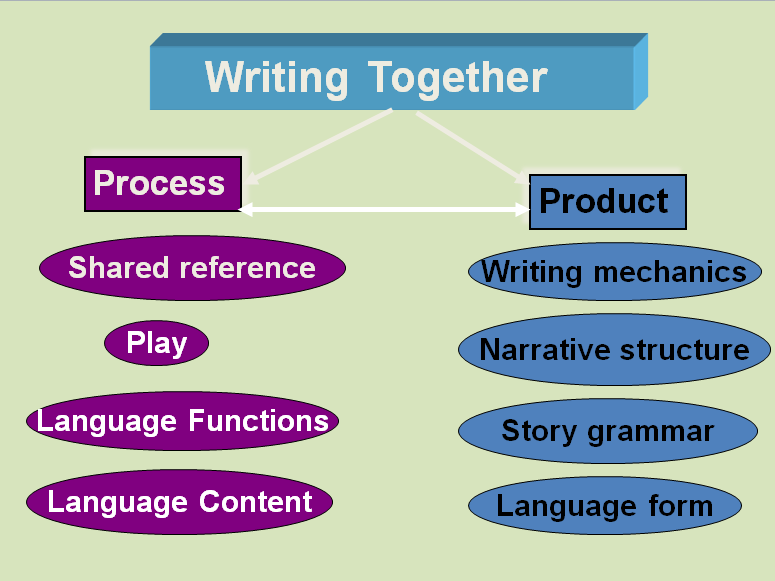
Writing Together: Process “Writing As Child’s Play”
Writing is play, and its toys are pencils, markers, braillers, and keyboard. Like play, writing can be:
- Independent, parallel, or cooperative activity
- Sensorimotor, symbolic or pretend, or rule-based activity.
- A way to help children learn to manage and regulate feelings and emotions.
Writing Together Products: “Can you read the picture in my brains?”
Writing has many visual elements which appeal to the child with autism spectrum disorders.
Guiding Principles for the Product Component:
- Create work you can be proud of.
- Use the written product to help others understand you better– your relationships, conflicts, joys, hopes.
- Use partial participation strategies.
- Share your work with others.
Parallels: Social Play Levels & Writing Abilities
Social Play Level |
Writing Example |
|
Isolated: Solitary play without reference to others; with or without objects or toys. |
Scribbling with brailler or marker; no concern about communicating or sharing ideas with other. |
|
Parallel: Playing in a side by side manner, using similar or matching materials, some simultaneous imitation. |
Copying/ imitating writing activities of partner. Taking turns scribbling with brailler or marker. Adding ideas to partner story. |
|
Cooperative: Early playing together, with sharing, turntaking, usually unplanned & loosely structured. |
Developing story together to include everyone’s ideas, with adult support. Writing has additive quality. |
|
Collaborative: planned, coordinated play with well-established roles, often with defined goals. |
Writing project planned as group, considering individual strengths/ interests, clearly stated roles & outcomes. |
Parallels: Cognitive Play Levels & Writing Abilities
Cognitive Play Level |
Writing Example |
|
Sensori-motor: focus on actions, sounds, visual & tactile experiences. |
Scribbling with focus on movement/ sound effects of marker or brailler, rhythm, chants & verses. |
|
Early pretend (preoperational): brief episodes of unconnected representational play (stick as fishing pole, drinking from empty cup) |
Ideas disconnected, but suggest emerging concept of story/ pretend Labeling/ naming pictures or braille words. Most writing is about real life activities (experience stories), highlighting fun/ sensory aspects of story. |
|
Later pretend (preoperational): play involves “acting out” connected events with loosely defined/ shifting roles. |
Ideas more connected, emerging “parallel stories” Distinguishes between experience stories/ pretend writing. |
|
Rule based (early concrete operations): Play with clear rules/ role definitions (card games, playground games, highly structured dramatic play) |
Writing involves original, but standardized plot lines, routinized sequencing, stereotyped/ scripted beginnings, endings, universal themes. |
|
Strategy-based (later concrete operations-to-formal operations): Play may be competitive or collaborative, involves foresight and planning (chess, some sports, dramatic magic or comedy shows) |
Writing may involve humor, multiple plot lines, surprise endings, and mystery. Use of graphic organizers, outlines and color-coding helps to plan the writing. |
Why write stories with people who are deaf and blind?
- To validate experiences, thoughts & ideas
- To connect & organize events & people
- To build relationships through meaningful activity of writing together
- To establish perspective needed to read & hear other peoples’ stories
- To develop a cultural identity through creation of artifacts
Social-Communicative Goals
- Shared reference
- Topic maintenance
- Perspective-taking (between characters, between authors)
- Turntaking
-
Expanding communicative functions (reporting, describing, labeling, expressing feelings)
Narrative Language Goals
- Language organization (sequencing, main idea, topic sentence with supporting details)
- Expand vocabulary
- Grammatical structure
Examples of Written Products by Story Type
- Experience stories
- Pretend play stories
- Stories built around books, stories, TV or video games
- Socially motivated stories (built around student’s social issues)
-
Yoga stories
See Linda’s blog post: Play-Based Experience Stories for more ideas!


